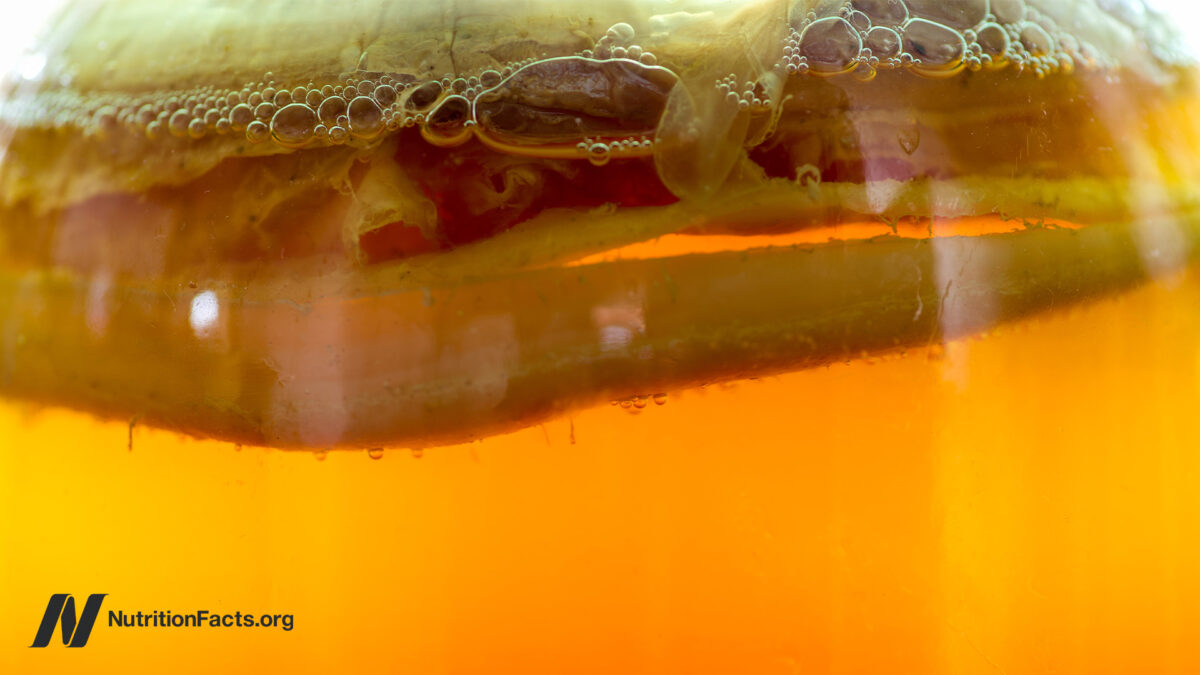Technical Tips To Avoid A Duplicate Content Penalty
Avoiding duplicate content penalties is important for maintaining a healthy online presence and SEO performance. Search engines like Google aim to provide users with diverse and relevant search results, so duplicate content can negatively impact your rankings. Here are...

Avoiding duplicate content penalties is important for maintaining a healthy online presence and SEO performance. Search engines like Google aim to provide users with diverse and relevant search results, so duplicate content can negatively impact your rankings. Here are some technical tips to help you avoid duplicate content penalties that we hope will help with performance.

Proper Canonicalisation
Implement canonical tags (rel=”canonical”) on pages with similar content to indicate the preferred version. This tells search engines which version should be considered the original and authoritative source.
Below are some examples of when you may want to canonicalise a page;
When a page (through site structure) can be reached from more than one location e.g. www.mysite.com/folder1/interesting-topic and www.mysite.com/folder3/interesting-topic Pages that use Session Ids like shopping carts or booking pages Pages that are the same after login but are secured (http before login and https after) Pages that are reached from an Affiliate link Pages where the URL changes depending on a change to a field e.g. a travel site with a built in calendar optionIn the above you would add a link on the original pages that says to search engines that the content on these pages is known as being duplicate and the original source can be found at the resource linked by canonicalisation.
Use 301 Redirects
If you have multiple URLs with identical or similar content, use 301 permanent redirects to point them to a single, preferred version. This consolidates the ranking signals to the chosen page.
URL Parameters
Utilise URL parameters or parameters in query strings to serve dynamic content without creating separate URLs for each variation. Ensure that search engines are aware of these parameters and understand how they affect content.
Pagination and Pagination Tags
For content that’s spread across multiple pages (e.g., articles with multiple pages), use rel=”next” and rel=”prev” tags to indicate the logical order of content. This prevents search engines from treating paginated content as duplicate.
Consistent Internal Linking
Maintain consistent internal linking by linking to the preferred version of a page. This helps search engines identify the main content source and distribute ranking signals appropriately.
Syndicated Content
If you’re syndicating content from other sources, use the rel=”canonical” tag or add a “noindex” tag to prevent search engines from considering it duplicate content.
Unique Metadata
Each page should have unique metadata, including titles and meta descriptions. This helps search engines understand the distinctiveness of each page’s content.
Use 301 and 302 Redirects Properly
Use 301 redirects for permanent content moves and changes and 302 redirects for temporary situations. Misusing these redirects can confuse search engines and lead to duplicate content issues.
Hreflang Tags for Internationalization
When targeting different languages or regions, use hreflang tags to indicate the relationship between similar content on different language or regional versions of your site.
Avoid Content Scraping
Monitor for instances of your content being scraped and published on other websites. You can use tools and services to help identify such instances and take appropriate action.
Syntactical and Structural Variation
Content that is essentially the same but with slight variations in wording can also trigger duplicate content issues. Make sure your content is substantially unique.
Consolidate Similar Pages
If you have multiple pages with very similar content, consider consolidating them into a single, comprehensive page to avoid diluting the content value across multiple URLs.
Test Sites
The simplest solution is not to have them live! If possible have them on a test server that is not accessible to the internet however there may be a reason to have them live as they may be on a subdomain perhaps. The best way to ensure they aren’t indexed is to disallow in the robots.txt file and use the parameters in Webmaster Tools. Having done this you also may need to (if the test site allows) add canonical links to the test versions of the site pointing to the live version.
You should also set a password on the test site so a random user doesn’t accidentally get to your test site by mistyping your URL.
noindex / nofollow in Meta
A relatively simple exercise and usually implemented on pages such as blog category, tag and archive pages where the content is there to help the user find the page they’re looking for but is the same as the content in the blog itself. Adding the nofollow & noindex into the meta as well as removing the pages from the index is a good idea. There are also some other good ‘best practices’ to follow in that respect and I will cover them later in this blog.
www vs. Non-www Redirects
When your site can be reached by https://www.sitename and https://sitename the content could well be seen as duplicated. The best way around this is to redirect one version to the other so that there is no way that one version can be indexed and therefore seen as a duplicate. You can do this with a URL rewrite at server level.
Rel=Prev & Rel=Next
This can be a little tricky to implement and is mainly used on component pages on a site. This works in very much the same way as Canonicalisation and it indicates to search engines a relationship between URLs in a paginated series. Google explain it really well in their Webmaster Central Blog but as I mentioned it’s easier to think of it working in a similar way to Canonicalisation in paginated content.
What To Do With International Duplicates
Sometimes sites have duplicate versions that are set for audiences in different countries that speak the same language. For example you may have www.mysite.co.uk for UK audiences and www.mysite.com.au for an Australian audience. For whatever reason rather than have all audiences reaching the site from the same URL the sites were set up to be reachable in a similar way to the example above.
There are a few ways to stop search engines from thinking the content across the different TLD’s is duplicated. Some of them are really simple and a few may be out of the scope of the site for whatever reason but most can be implemented.
Other Instances Of Content Duplication You May Not Have Considered
You may have duplicate content on your site and not realise it. This is likely dynamic content on pages or category style pages. Below we list a few examples of places on a site that could be deemed duplicated with a quick solution that might fix it for you without a penalty.
Blog Snippets
On your site you may have a section to promote your blog that contains the most recent articles. Often the Blog snippets are dynamically pulled from the blog itself and will therefore be a duplicate of the blog itself.
How to resolve this – You could remove the snippet altogether and add a Blog link in the top navigation bar on the site or (some) blog platforms often allow for the author to write an excerpt for the blog. This then takes the place of the dynamic snippet.
Blog Category and Archive Pages
As mentioned earlier in the post you can use the tips above to keep them out of the index but if you don’t really need them for the user then just remove them. Some Blogs have plugins to remove these (e.g. many of the great plugins by Yoast) so it can be easy. Failing that redirect the category or archive URL to the main blog page.
Testimonial Snippets
In much the same way as blog snippets these are likely to be duplicated. If you have a fair few testimonials you can use a few in the promotion on your home page and have the rest on the main testimonials page. Either that or look at the section as an opportunity to sell the page as an advert and invite the user to view the page without the snippet.
Scrolling Product Banners
If you have a few ‘Top Products’ that you like to promote on a scrolling banner or anywhere else on your site the description is quite likely to be duplicated. The best way to resolve this is to write unique descriptions for the products for the banner or promotion where possible or use a separate frame so it is seen as only one page.
Remember that duplicate content penalties are not always inevitable; search engines understand that certain types of duplication are natural (such as quotes or common legal disclaimers). However, implementing these technical tips will help you avoid any unintended negative impact on your SEO efforts. Always keep an eye on your website’s performance in search engine results and make adjustments as needed.
Share this post
Hannah Pennington
Client Services Manager
With over a decade of experience in marketing, digital strategy and sales, Hannah is a talented all-rounder marketer. Having worked with big-name brands including Bandai, Toni & Guy, the BBC and DMG, Hannah’s experience translates to being an exceptional client services manager. Spending her spare time creating something artistic or volunteering for a local charity, she’s a valuable member of the Koozai team.
Digital Ideas Monthly
Sign up now and get our free monthly email. It’s filled with our favourite pieces of the news from the industry, SEO, PPC, Social Media and more. And, don’t forget - it’s free, so why haven’t you signed up already?
We create cutting edge, award-winning digital marketing campaigns







 KickT
KickT 












_1.jpg)




















